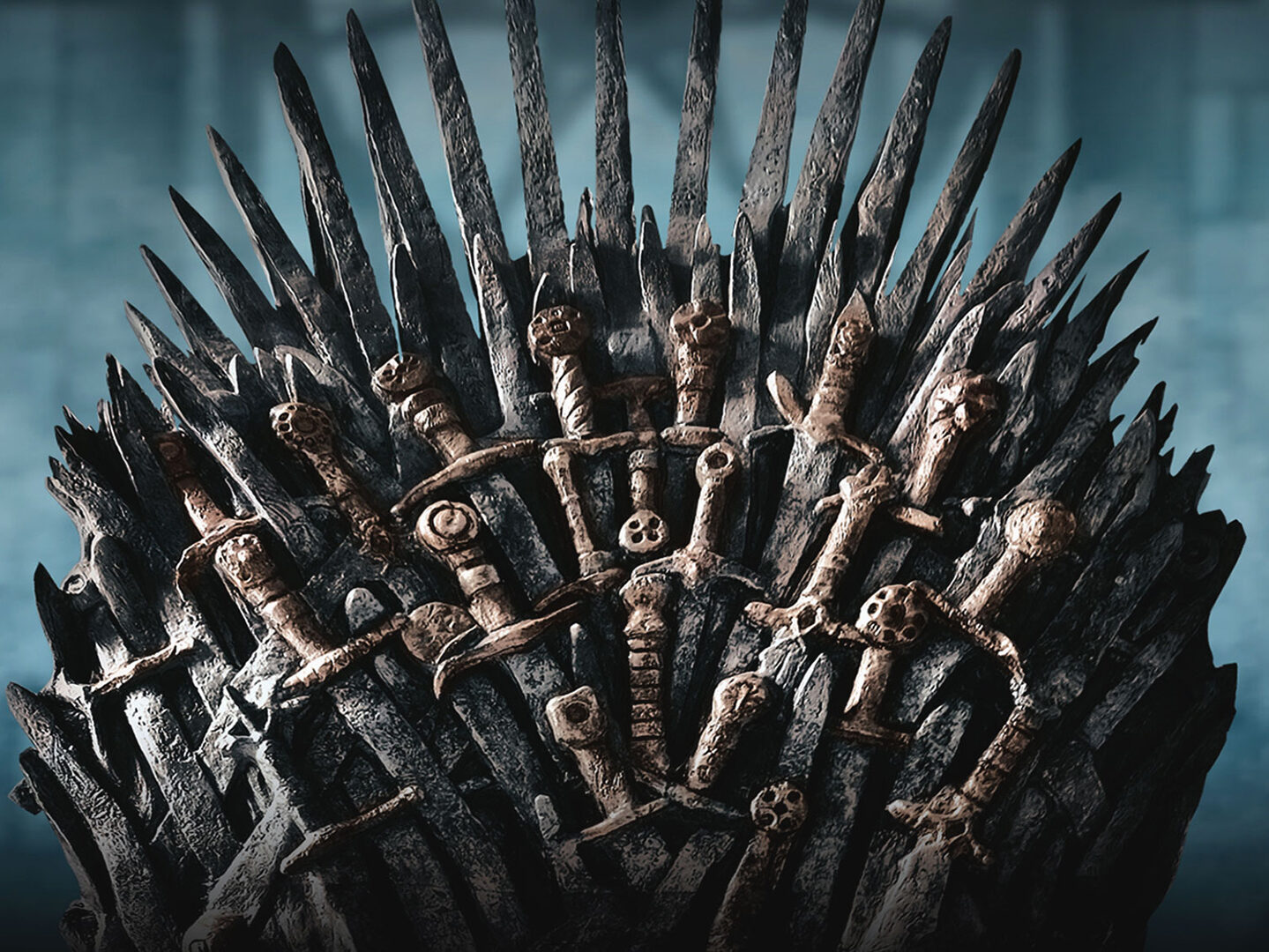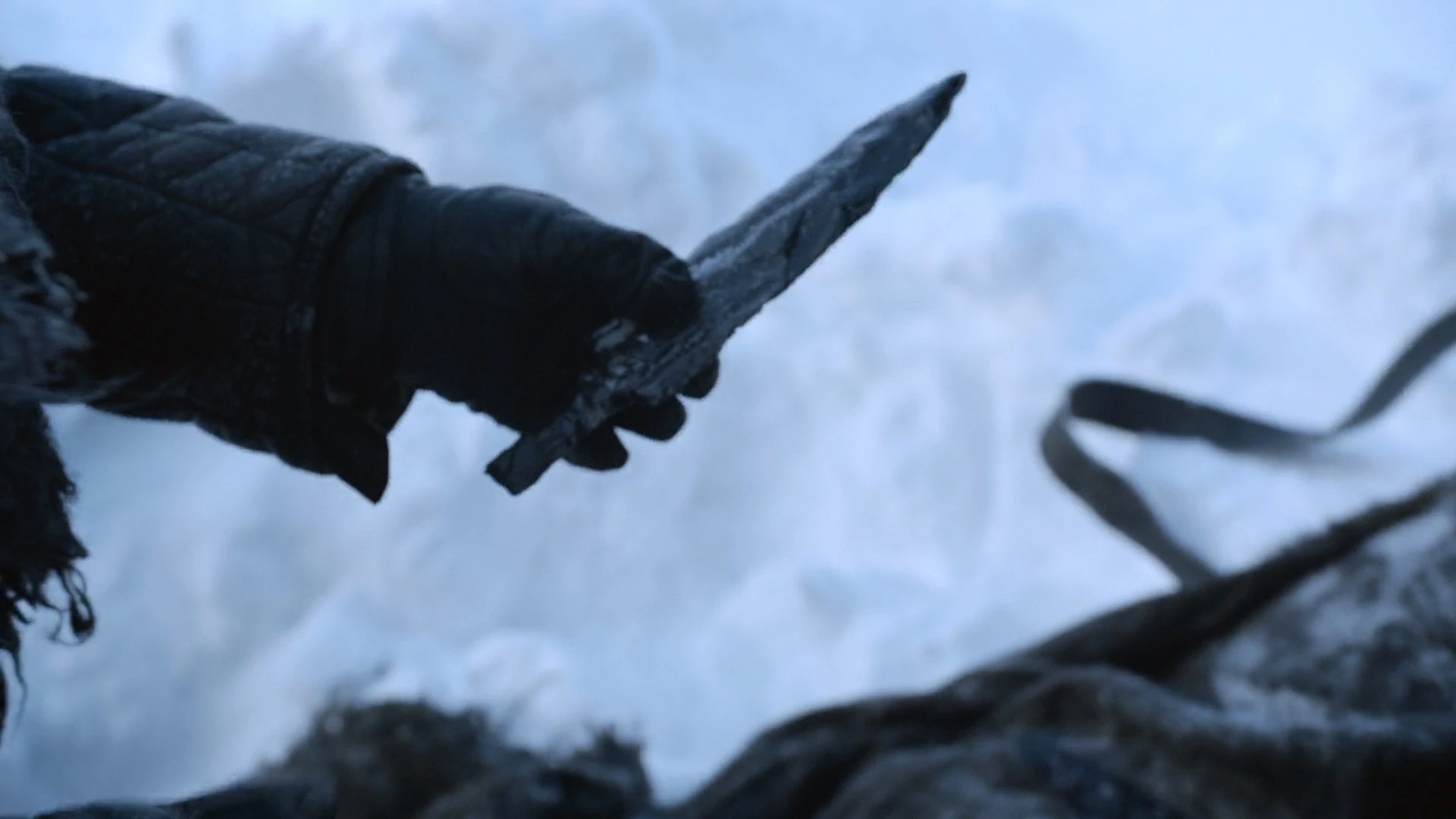Objective:
Students will understand how economic growth leads to an outward shift of the Production Possibilities Curve (PPC). They will analyze the factors that contribute to economic growth, such as investment in capital, technological progress, and resource availability, and explore real-world examples.
Materials Needed:
- A visual representation of the PPC (graph).
- Handouts explaining the PPC and factors contributing to economic growth.
- Graphs showing PPC shifts over time for a hypothetical economy.
- Examples of historical or modern instances of economic growth (e.g., Industrial Revolution, technological advancements).
Lesson Steps:
1. Introduction (10 minutes):
- Define the Production Possibilities Curve (PPC): A model showing the tradeoffs between two goods or services that an economy can produce with limited resources.
- Explain how economic growth causes the PPC to shift outward, enabling higher production of both goods.
- Introduce key drivers of growth:
- Investment in capital goods (e.g., factories, infrastructure).
- Technological progress (e.g., innovations, automation).
- Increased labor force or resource availability (e.g., population growth, resource discoveries).
2. Viewing Clip (5 minutes):
- Highlight the limitations of resources and how growth could alleviate these constraints, enabling a better allocation of resources.
3. Group Discussion (15 minutes):
- Divide students into small groups to discuss:
- How does the PPC represent the tradeoffs faced by an economy?
- What factors could lead to an outward shift in the PPC for a kingdom like Westeros?
- What are the potential benefits of economic growth for individuals and societies?
- Are there risks or challenges associated with pursuing growth (e.g., environmental costs, inequality)?
4. Concept Application (20 minutes):
- Case Study Analysis:
- Provide real-world examples of economic growth:
- The Industrial Revolution and the shift from agrarian to industrial economies.
- Technological advancements in the 21st century (e.g., the rise of renewable energy).
- Ask students to analyze:
- What factors contributed to the economic growth in each case?
- How did the growth impact society, both positively and negatively?
- How might these lessons apply to modern economies seeking sustainable growth?
- Relate these examples back to the PPC, emphasizing how growth expands the production frontier.
5. Wrap-Up and Reflection (10 minutes):
- Summarize the relationship between economic growth and the PPC:
- Growth shifts the PPC outward, enabling greater production potential.
- Investment in capital, innovation, and resource management are key drivers.
- Pose a reflective question: What tradeoffs might a society face when striving for economic growth, and how can these be managed responsibly?
6. Activity or Homework (20 minutes):
- Growth Simulation with Resource Discoveries:
- Present students with a hypothetical economy represented by a PPC that produces two goods: food and weapons.
- Introduce two scenarios:
- Scenario 1: A large cache of fertilizer is discovered, increasing agricultural productivity.
- Scenario 2: A major discovery of iron enhances the ability to produce weapons.
- Ask students to:
- Illustrate how each resource discovery affects the PPC (e.g., fertilizer shifts the curve outward primarily for food, while iron shifts it outward for weapons).
- Discuss whether the outward shift benefits one or both goods.
- Facilitate a class discussion on:
- How these resource discoveries impact the economy’s production possibilities.
- Whether the new resources improve the standard of living for residents (e.g., food improves nutrition and population health, while weapons enhance security but may not directly raise living standards).
- What additional factors (e.g., distribution, usage) determine whether the resources truly improve societal well-being.

